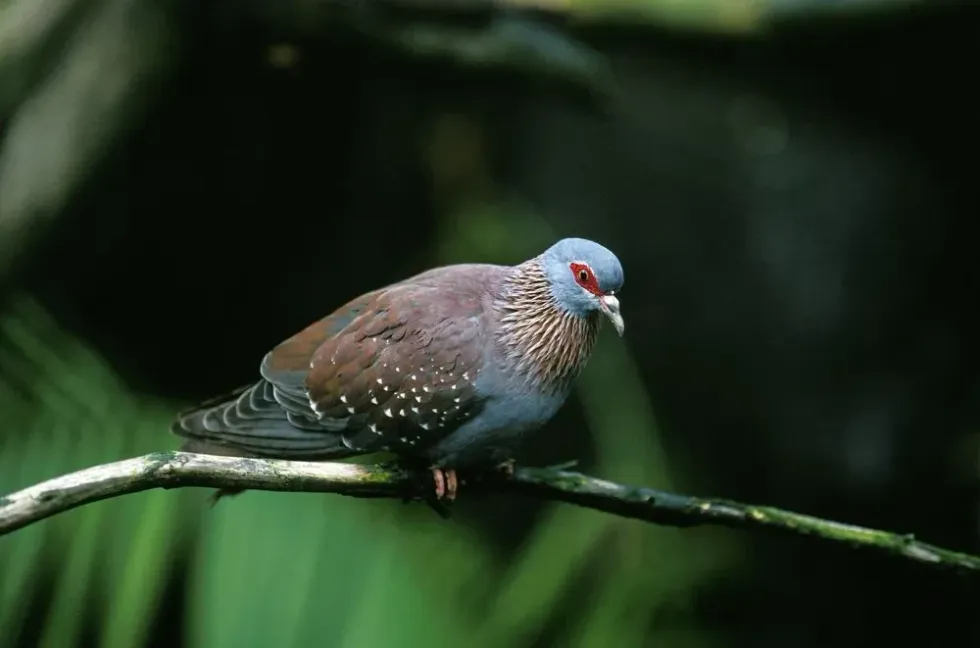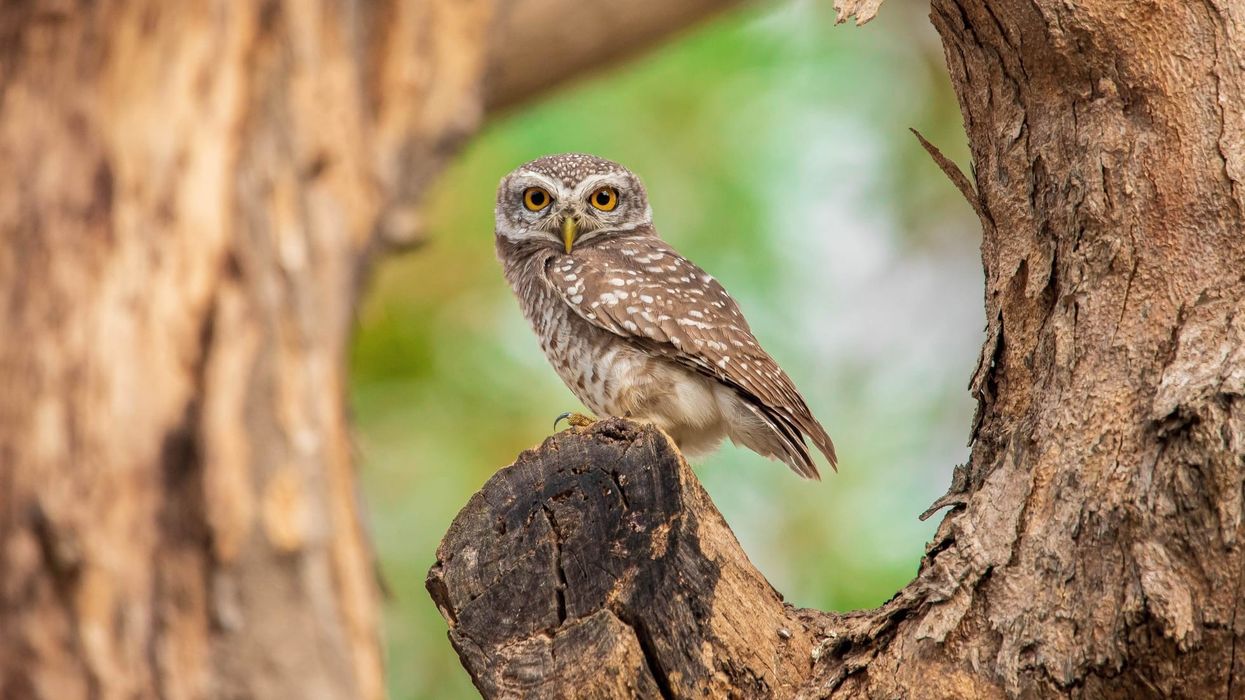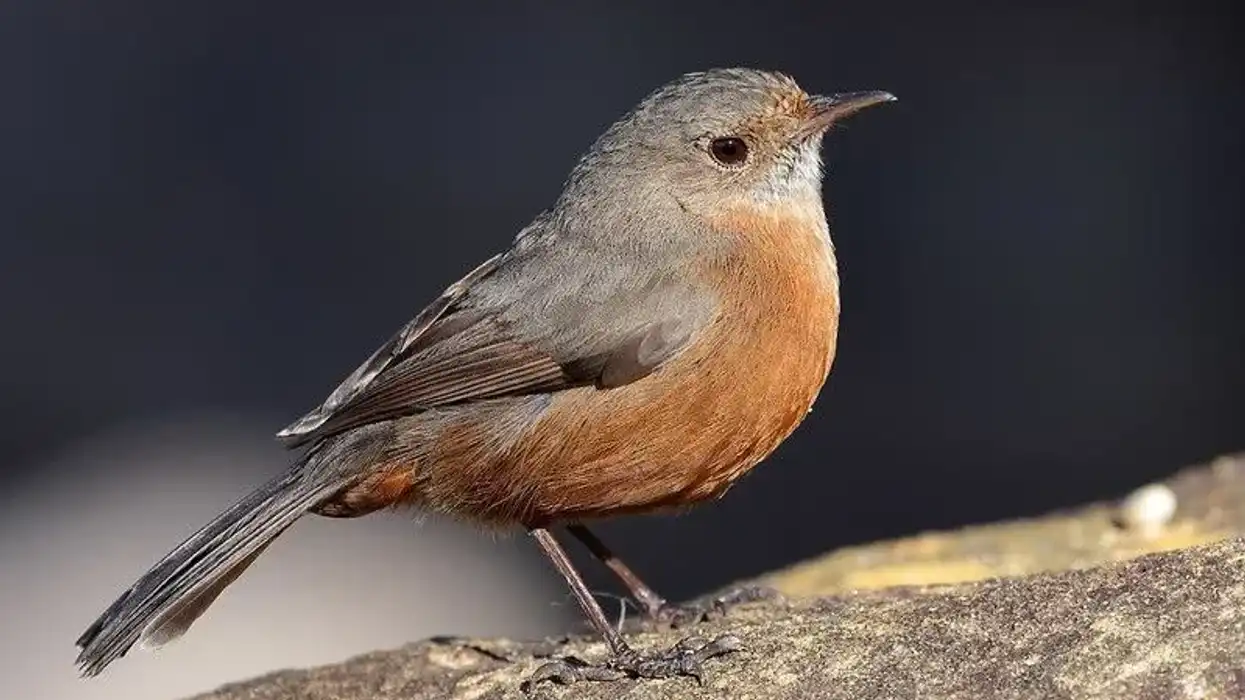The African olive pigeon (Columba arquatrix) also known as the Rameron pigeon is a breed of pigeon that is native to the eastern and southern parts of Africa from Ethiopia to the Cape. They range in areas of western Angola, southwestern Saudi Arabia, and northern Yemen.
It is significantly common, but there can be areas in between where the pigeons can not be found and that is due to the requirements of its habitat.
The Rameron pigeon species creates flocks and stays in communities except during the season of breeding. They fly long distances from their roosts in search of feeding areas.
Even though the male and the female olive pigeon are quite similar to each other, they can be differentiated based on their plumage coloration. The female Rameron pigeon is much duller in color than the male.
African olive pigeons prefer areas that are cool, moist forest trees. It also inhabits areas that have riverine forests and thickets, mountain vegetation, second growth and clearings, some alien tree plantations, urban gardens, and parks.
Scroll down to read about the African olive pigeon's life span, what they feed on, their habitat, and other exciting details! For more relatable content, check out these German nun pigeon facts and Nicobar pigeon facts for kids.
African Olive Pigeon Interesting Facts
What type of animal is an African olive pigeon?
The African olive pigeon (Columba arquatrix) also known as the Rameron pigeon is a large pigeon with a vibrant yellow eye patch.
What class of animal does an African olive pigeon belong to?
The Rameron pigeon (Columba arquatrix) belongs to the class Aves and the family Columbidae.
How many African olive pigeons are there in the world?
There isn't an exact amount that has been calculated but surely the species are not less in number as the Rameron pigeons are in the Least Concern category.
Where does an African olive pigeon live?
The African olive pigeon is native to eastern and south Africa from Ethiopia to the Cape. They can also be found in areas of western Angola, southwestern Saudi Arabia, and northern Yemen. They are quite common birds and can be sighted all over, but there are significant gaps as they have particular habitat conditions.
What is an African olive pigeon's habitat?
African olive pigeons prefer areas that are cool, moist forest canopies at higher altitudes. The species also inhabits areas that have riverine forests and thickets, mountain plants and trees, second growth and clearings, some alien tree plantations, urban gardens, and parks.
When it's not the breeding season, the Rameron Pigeon tends to move from the evergreen montane forests to lowland forests.
Who does African olive pigeon live with?
The Rameron pigeon birds stay flocks and inhabit roosts communally except during the season of breeding.
How long does an African olive pigeon live?
The African olive pigeon birds can live up to two to five years mainly due to degradation in habitat and hunting.
How do they reproduce?
The African olive pigeon builds a nest with sticks high up in a tree during the breeding season. After the birds are done with breeding, the female bird lays one to two white-colored eggs.
The incubation of the eggs by the female bird goes on for 17–20 days till it hatches.
The chicks grow up quickly and are able to leave the nest in another 20 days. The male birds try to woo the female birds by deep bows and display several climbs, wing clapping, and slow glides, to entertain the female African olive pigeon.
What is their conservation status?
According to the IUCN Red List, the Rameron pigeon (Columba arquatrix) is of the Least Concern conservation status as there is an abundance of male and female pigeons almost all over the world.
African Olive Pigeon Fun Facts
What does the African olive pigeon look like?
The adult male African pigeon and female pigeon both weigh 10.6-15.9 oz (300-450 g) and are 15-17 in (38.1-43.2 cm) long. They can be differentiated on the basis of the color of their plumage. The male pigeon has a maroon back and wings, while the shoulders are speckled with small white dots.
The underparts of the female pigeon are maroon as well with white spotting all over. The head is gray and it has yellow patches around the eye and a vibrant yellow bill.
The plumage on the neck is streaked with maroon and white. The underwing and under tail are dark gray, while the feet are yellow. The species has small and light wings that help this species in flight and their flight range is therefore near taller fruit trees.
The female pigeon, on the other hand, has the same characteristics but its colors are much dull. Juvenile birds have dark brown colors instead of the maroon and gray shades and the bare parts are a dull greenish-yellow, while the wing feathers have pale fringes.

How cute are they?
With its unique mixture of shades and patterns, the African olive pigeon is quite eye-pleasing. Their vibrant yellow beak and eye patch make them stand out among the other breeds of pigeons.
How do they communicate?
The birds have a loud 'coo coo' call which helps them to communicate with the other birds. It is not as loud as the macaw, but the loud vibrating sound can be heard from afar.
How big is an African olive pigeon?
The Rameron pigeon (Columba arquatrix) is almost 15-17 in (38.1-43.2 cm) long. The European robin is almost 5-5.5 in (12.7-14 cm) long which makes it almost three times smaller than the African olive pigeon.
How fast can an African olive pigeon fly?
This breed has a quick flight, with regular beats and an occasional sharp flick of the wings which enables it to fly faster than other smaller birds.
How much does an African olive pigeon weigh?
African olive pigeons weigh about 10.6-15.9 oz (300-450 g).
What are the male and female names of the species?
There are no specific names associated with the Rameron pigeon and they are just known as African olive pigeon or Rameron pigeon commonly.
What would you call a baby African olive pigeon?
Baby pigeons are known as squabs and that same name is used for the newborns of the Rameron pigeon as well.
What do they eat?
The African olive pigeon's food range consists of fruits and berries, that are picked in the fruiting canopy. The species also feed on fruit that has fallen on the ground.
The species also feed on some insects like the stick bugs and caterpillars of silkworms and so on to maintain their food protein supplement. In the south of its range, the birds eat the fruit of a highly invasive plant bugweed called Solanum mauritianum.
Are they poisonous?
Not at all. This species is friendly and doesn't have any venom. In case they are attacked, like any other animal they would defend themselves by fluttering their long wings and even try to stab with their beaks.
Though pigeons are perceived to be dirty, they are actually quite clean due to their habit of self-grooming.
Would they make a good pet?
Pigeons are smart animals and are often used as show pets, but the African olive pigeon has very particular habitat needs and being a wild breed. Therefore not suitable for being a pet.
Did you know...
Geophagy has been sighted in these species of pigeon. Geophagy means the practice of eating the soil or earth. They feed on worms that are in the soil and also tend to feed on soil.
What type of limbs does a pigeon have?
Birds fall in the vertebrate group and the four limbs get transformed into two short legs and two wings. The same is for the African olive pigeon, it has small legs that are yellow and the wings are maroon and white in color.
How to spot an African olive pigeon?
It has dark yellow patches around the eye, and a contrasting yellow bill which makes the African olive pigeon stand out and easy to spot.
Here at Kidadl, we have carefully created lots of interesting family-friendly animal facts for everyone to discover! For more relatable content, check out these least sandpiper fun facts and purple sandpiper interesting facts pages.
You can even occupy yourself at home by coloring in one of our free printable green imperial pigeon coloring pages.
Second image by Alandmanson.









